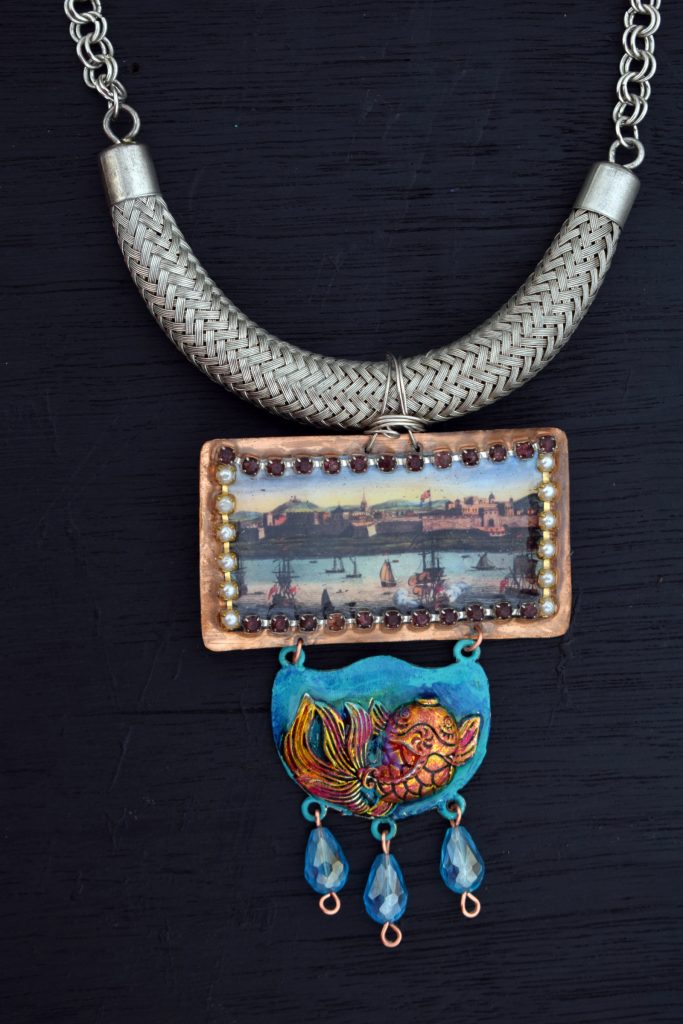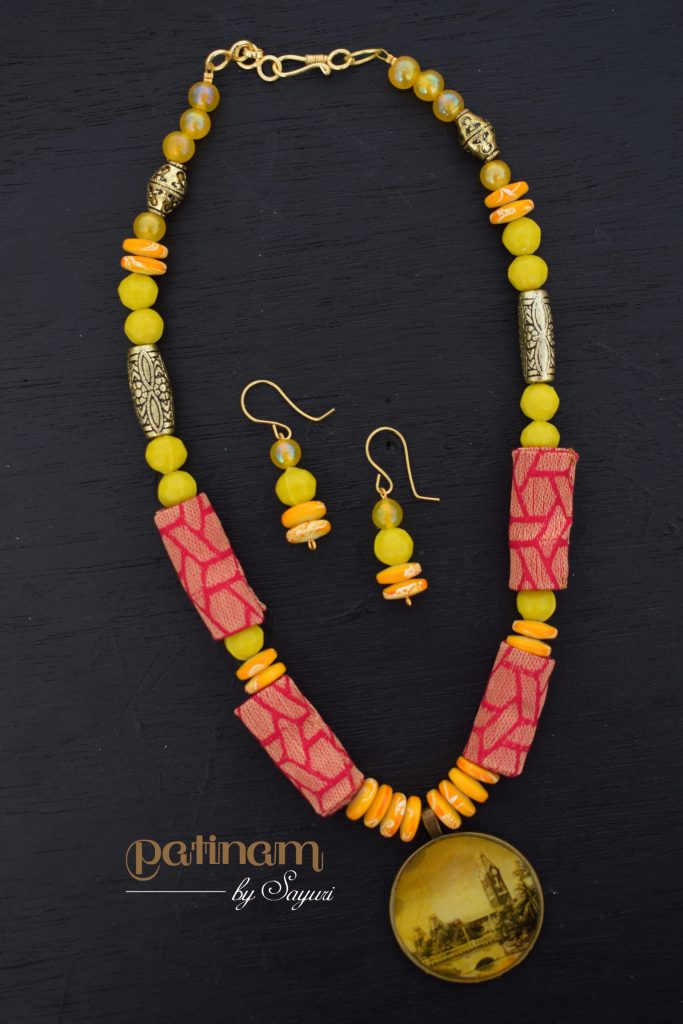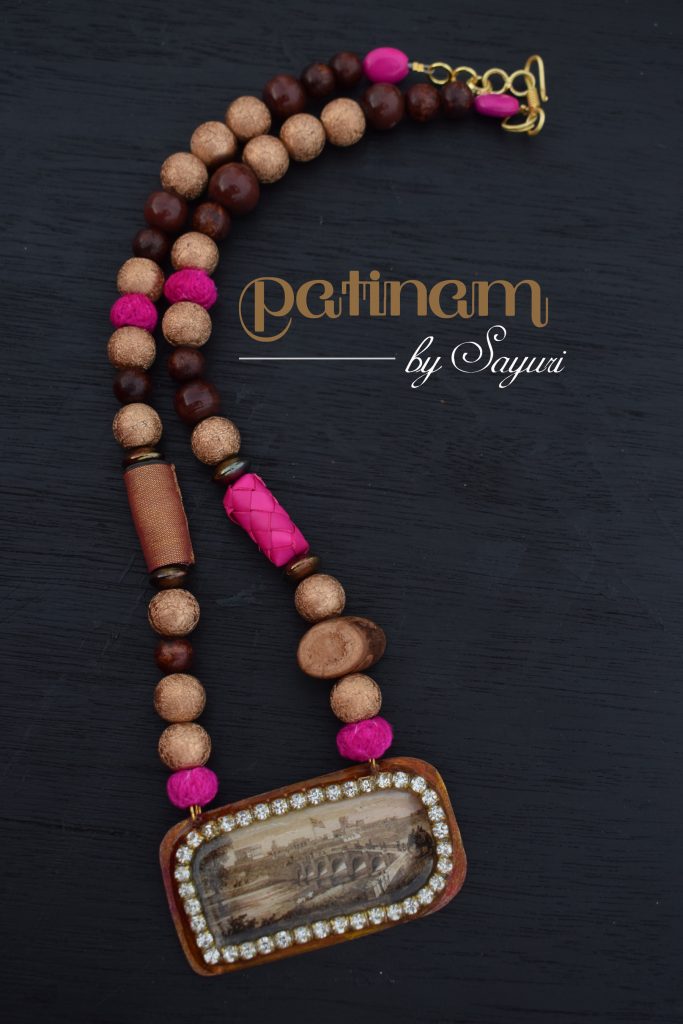How did Chennai came to be
Long long ago there were a group of villages in the Vijayanagara empire. They were Tiruvotriyur, Thiruallikeni, Thirumylai, Poonnamalli, Thiruvanmiyur, and so on. They neighboured the ancient cities of Mamallapuram which was a bustling port and Kancheepuram. There were also other small fishing villages known as the Madrasapattinam as they surrounded a then popular Madrasa ( Islamic seminary). To the south of this was Chennapatnam named so after Damarla Chennappa Nayakudu the Nayak Chieftain who ruled this area.
The Day of Day
In August of 1939, Francis Day, with the help of Venkatadiri Nayak, acquired a piece of land along the Coovum river from the Vijayanagara King to build factories and warehouses for Trade. Guess what this trade was? Yes! Textiles. The coromandel coast was flush with weavers weaving the finest fabrics – calico muslins, Chintz, Checks and plaid, silks and rustic cottons. The settlement slowly grew to become Fort St.George and included Dutch and Armenian streets. Indian weavers and dyers lived a little away from the fort which was referred to as Black town as opposed to the white town of the Europeans.

SNP993-OR – Available for Sale
A Necklace showing the lifestyle of Indian Traders in contrasting backdrop of the British Fort. Pendant necklace with orange and brown beads.
Fort St.George
Fort St.George was built between Chennapatnam and Madraspatnam and the town grew rapidly to accommodate the needs of British and the natives Dubashais (Indians who could speak both Tamil/Telugu and English). As It was built more for profit making ( as a trade monitoring post), it is not as aesthetically fascinating as compared to several other forts in India. But defense was of great importance and the British fortified the fort using arrowhead bastions in the Architecture and by restricting the height of houses inside the fort. However, later when the French invaded, the defenses were found to be weak and then strengthened.
Indian textile merchants were encouraged to build houses withing the fort under a promise of exemptions from import taxes for a period of thirty years. The city grew around it. Thus sleepy fishing and weaving villages were slowly transformed into a bustling city in the 1600s.

Fort St. George Necklace – Showcases how the coming of British transformed a Fishing village into a thriving port and then a Capital. – SOLD
Central Station
A Century or two later the city grew to be so prominent that it needed to be well connected for travel. In the 1850’s the Madras railway company began to network in South India and setup the first railway station in Madras at Royapuram. In the 1870’s an additional station was setup at Parktown to reduce congestion at the ports which eventually became the Central Station that is the backbone if rail travel to and from the city.

SNP980-YL Bright yellow and pink beads with jacquard fabric beads with railway station pendant – Original print via Tucks Oilette – Available for sale
Life at the Fort
As I worked on this print of the Western entrance of Fort St. George in 1820 William Daniell, (seen in the below necklace) I thought about the Englishmen and women who once made Chennai their home and the Indians who adapted and lived alongside them. Several questions popped up in my head. As an Indian, my history textbooks have either told me stories of British oppression and the Indian struggle for freedom or English contributions to the land like architecture or the railways. But what about the stories in between?

SNP996-CO March to the Fort necklace with wood beads, palm leaf, thread, glass and acrylic beads with a copper pendant with restored print of an engraving – Available for Sale
The Europeans who came for Spices in palm leaf baskets and cloth lived in a blistering hot area in an open culture that would have offended their conservative western sensibilities. When they eventually left would have have felt sentimental and melancholic at the thought of leaving a land that they built but was never theirs? Or would they have left simply glad to get back to their homeland? What kind of life would England have offered them after their glorious life here?
As I ponder over the bales of muslin, bottles of pickles, and recipes of mulligatawny soup that the English would have carried as souvenirs back to their land, I cannot but help think of the movie Madrasapatinam in which the heroine, an English lady returns to Chennai after 60 years to look for a man she once loved and lost.
My References for the Historical information mentioned in the post is as below. Historians and researchers, please inform me if there are any discrepancies in the information and I will correct it. On a lighter note, Were you able to spot the Railway station image used in the pink and yellow necklace in the trailer?
References
Chennapatnam, legacy of a 370-year-old city
FORT ST. GEORGE AND BLACK TOWN – MADRAS
I hope you found it interesting
Cheers


Leave a Reply